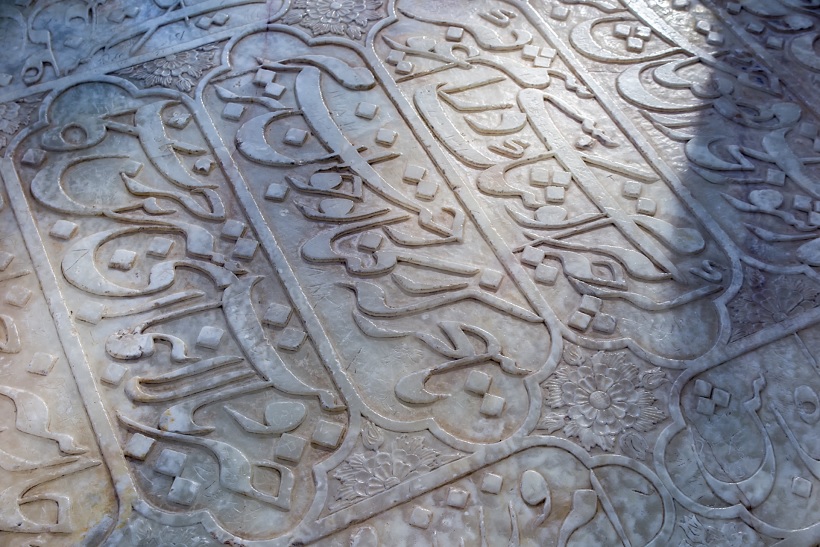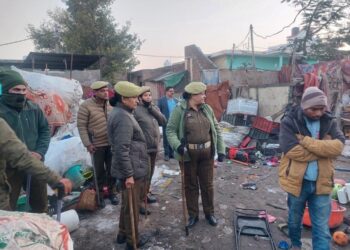
By Muhammad Ali Mojaradi
POETRY is ubiquitous in Iran: It is on tombstones, human skin, walls, cars, shirts and social media biographies. Carpet makers weave couplets into rugs, and artisans etch them into jewelry. Weddings, funerals and religious services would not be complete without a poetry recitation, and much of Iran’s popular music is classical poetry set to traditional and modern instrumentals. Nearly every home has at least one dīvān (collection of poetry), placed next to the Quran to signal its significance. Iran lives and dies by poetry.
Notwithstanding their educational attainments, Iranians readily decorate their daily speech with aptly quoted poems. Frustrated by the economy, a taxi driver recites: “When the lord of a village is unjust / become a beggar, every farmer must” (cho nākas beh deh kad khodāī konad / keshāvarz bāyad gedāī konad). At the graveyard, a mourner eulogizes: “I’m not from this dirt world, I’m a divine bird that once flew / they made me a cage from my body for a day or two” (morgh-e bāgh-e malakūtam, nīyam az ālam-e khāk / do seh rūzī qafasī sakhteh-and az badanam). Supreme Leader Ali Khamenei, reminding listeners that Iran’s success or failure against its adversaries is decided by God, quotes: “If they all draw their blades to kill / a vein’s not cut without God’s will” (agar tīgh-e ‘ālam bejonbad zeh jāy / naborad ragī tā nakhāhad khodāy). The Supreme Leader is a poet; he also hosts poetry readings, a tradition dating to the emergence of Islam in Iran. Ayatollah Ruhollah Khomeini, the founder of Iran’s Islamic Republic, was also a poet and left behind a large dīvān.
When Iran was threatened by ISIS, Iranians wrote war poetry: “We stand swords in hand and shields at our side / because this tribe has a leader and guide” (īnkeh mā dast beh shamshīr o zereh īstādehīm / sabab īn ast keh īn tāyefeh rahbar dārad). When the nuclear scientist Mohsen Fakhrizadeh was assassinated, Iran’s foreign minister tweeted, “Tell the rock, we’re a perfume vial” (mā shīsheh-yeh ‘atrīm, begūīd be sang) — the glass of a vial of perfume is thick and sturdy. On the International Day of Peace, he tweeted verses from Rumi, “Don’t say, ‘What use is my call for peace when they fight?’ / You are not one, but thousands, so ignite your light!” (to magū ‘hameh beh jangand o zeh solh-e man cheh āyad?’ / to yekī nehīy, hezārī, to cherāgh-e khod barafrūz). In response, the United States State Department Persian-language Twitter account (@USAbehFarsi) replied with a Hafez couplet: “The preachers who in pulpits put on such a show / do other things when to a private place they go” (va‘izān kīn jevleh dar mehrāb o menbar mīkonand / chon beh khalvat mīravand ān kār-e dīgar mīkonand).
Even a casual observer could notice the importance of poetry in Iranian society, if only because a disproportionate number of tourist sites in Iran are the graves of medieval poets. When classical poetry has become a distant memory in so many cultures, it is clear that it is an integral part of the Iranian consciousness. But simply observing a cultural phenomenon is one thing; understanding it is another. Learning the story of Persian letters helps us better understand Iran as it is today and how it views itself, the world, and its future.
Read the Full Article Here
Follow this link to join our WhatsApp group: Join Now
Be Part of Quality Journalism |
Quality journalism takes a lot of time, money and hard work to produce and despite all the hardships we still do it. Our reporters and editors are working overtime in Kashmir and beyond to cover what you care about, break big stories, and expose injustices that can change lives. Today more people are reading Kashmir Observer than ever, but only a handful are paying while advertising revenues are falling fast. |
| ACT NOW |
| MONTHLY | Rs 100 | |
| YEARLY | Rs 1000 | |
| LIFETIME | Rs 10000 | |










